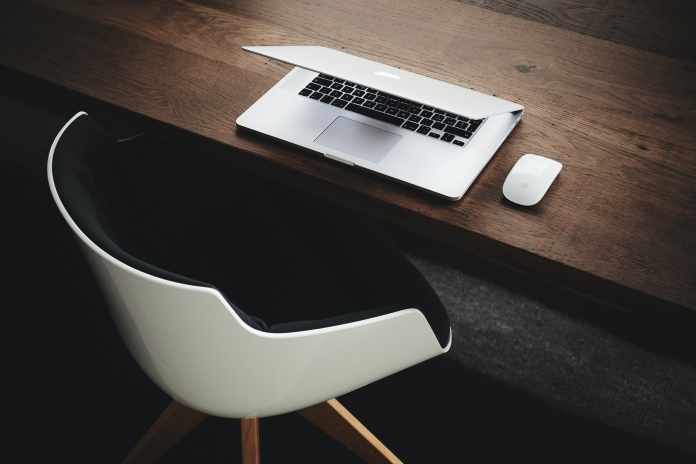Many offices are currently switching from sitting to standing for the sake of their health. However, being on your feet for the entire workday also puts a physical strain on you. The following four tips show how to find the right balance when switching to standing work.
Table of Contents
Never ban sitting completely from the office
Compared to regular office work, the goal of standing work is to avoid the disadvantages of a sedentary job. However, overshooting the mark in this effort can happen. To remove all chairs from one day to the next is a big challenge for the still untrained legs. In this context, it is appropriate to continue to have seating options such as chairs or sofas available. The period of adaptation from a sitting to a standing activity thus shifts the painful parts of the body less quickly from the back to the legs.
Another point from which the alternation between standing and sitting should continue to be ensured is productivity. Heavy and tired legs are a distraction during work that few people can simply tune out. If the legs begin to burn or ache, the ability to concentrate suffers as a result. If the option is available to spend parts of the workday sitting down, the muscles can take advantage of these interim recovery phases and become cramped less quickly.
The right furniture is important
Before the change to standing work can succeed, it is appropriate to also subject the furniture in the office to an examination. Height-adjustable desks, even at the highest level, are not automatically suitable for standing work. If it is necessary to adopt a stooped posture in order to reach the computer keyboard, this office furniture should be sorted out as quickly as possible.
An alternative is a standing desk. These desks have a design that is geared towards the requirements of standing work. Thus, the ergonomics at the workplace does not have to suffer when working while standing. Often, the desks can be extended with an x-shaped attachment. This attachment makes it easier to align computers and monitors to the respective body height and thus to work at the standing desk at direct eye level.
The flooring can actively relieve the muscles.
A standing desk is not the only investment worth thinking about before switching to standing work. Also associated with benefits is the presence of soft flooring. The harder the floor, the greater the strain on the muscles in the feet and legs. Carpeting is suitable for this purpose, as well as laminate or PVC. The floors should have a cushioning effect and thus put less strain on the legs.
If replacing the floor is not an option, mats for the individual work areas are an alternative. These floor mats serve the same purpose and help provide relief. It is important to note, however, that mats are also no substitute for regularly alternating between sitting and standing during working hours.
Sporting activity facilitates the change to standing work
The extent to which standing work leads to pain in the legs also depends on the muscles there. If the employer announces the change to standing work, the time has come to also put one’s own physical fitness to the test. Exercising regularly can play a part in feeling fewer problems with aching legs during the adjustment period.
Simple measures such as walking up and down stairs more often or taking a walk during your lunch break are common ways to strengthen leg muscles without having to sign up at a gym first. It can also be helpful to cycle to work or discover inline skating as a hobby. If you want to make the changeover easier, you must not forget to train your legs.













